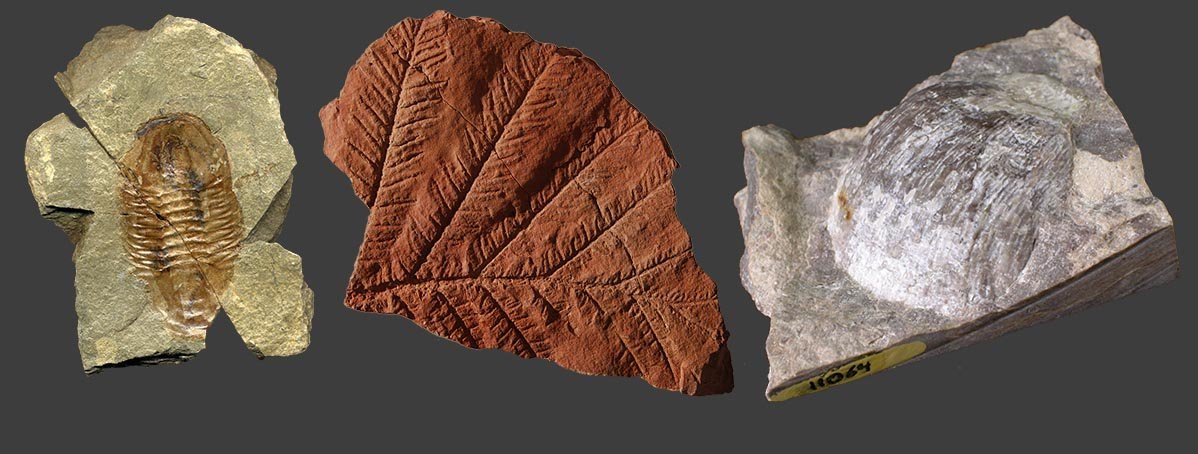Geology: Studying the Story of RocksImagine a canyon of rock one mile deep, up to 18 miles wide, and 277 miles long. That is a big slice through the ground! Grand Canyon displays more than 20 layers of rocks, and each layer is like a page in Earth's history book. Geology, the study of Earth, helps tell the story of rocks.

Grand Canyon's Rock LayersWhat does Grand Canyon have in common with pancakes? The oldest layers, which formed first, are usually at the bottom, while the younger layers are stacked on top. 
NPS Photo Fossils Tell Stories of Ancient LifeMany rock layers in Grand Canyon contain fossils. Fossils give scientists clues about Earth's past environments and the animals and plants that lived in them. 
How Fossils FormFossils often form in sedimentary rocks. When layers of sediment hardened into rock, they sometimes trap the remains of animals and plants that have died. Over millions of years, these bones, shells, footprints, leaves and other remains turned into stone. Stories in StoneBy studying fossils and comparing them to similar animals and plants that live today, scientists can find out what the environment was like before the canyon was carved.
|
Last updated: October 17, 2024

